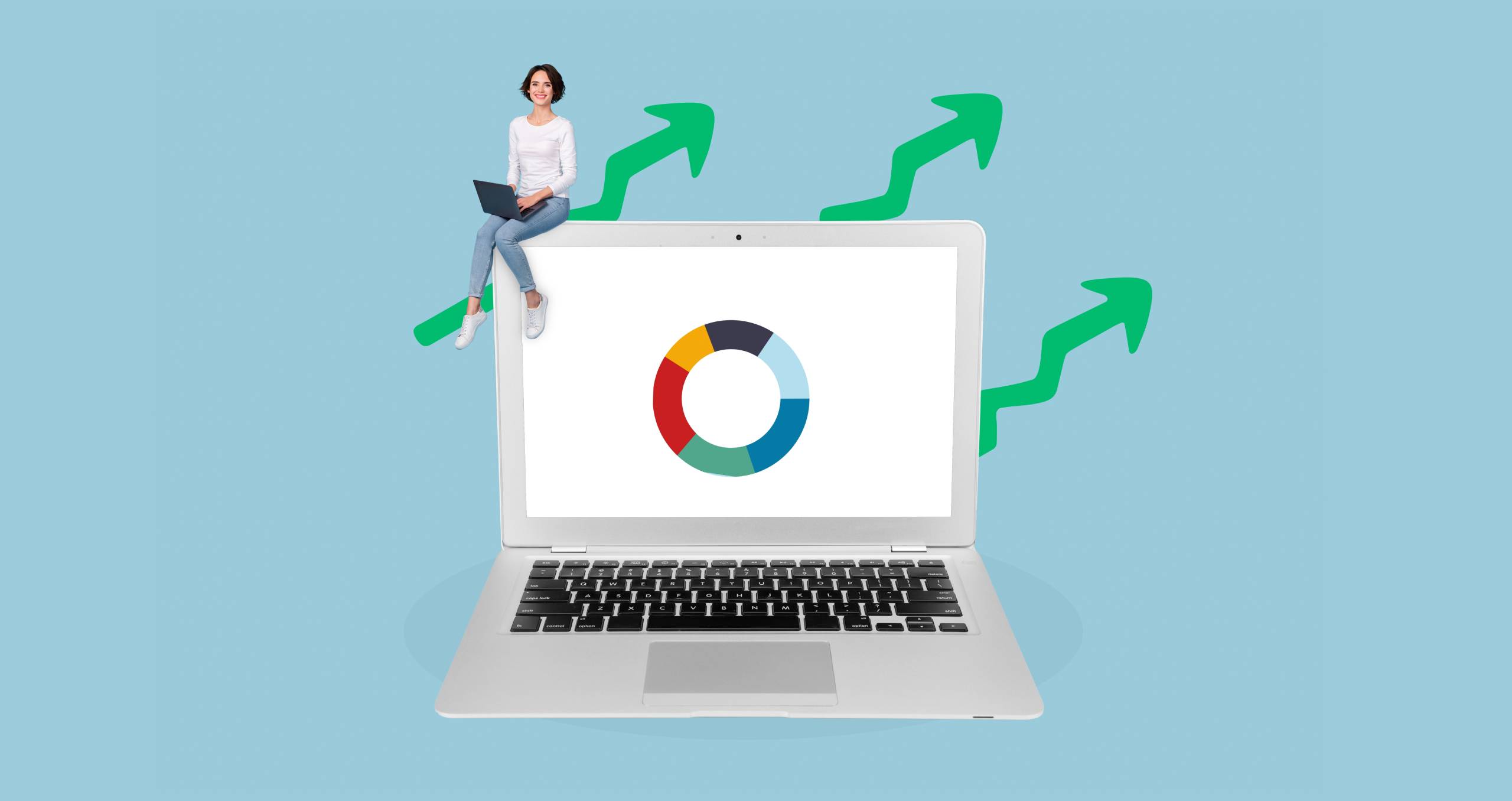How do we know if a campaign is effective, how do we determine whether it is working properly or whether we need to make adjustments, and how do we measure whether we are meeting the objectives we set from the start? The answer lies in the KPI’s (Key Performance Indicators), i.e. the key performance indicators that provide us with concrete data to evaluate the success of our actions.
KPIs are essential in both paid campaigns and organic strategies. They allow us to analyse real performance, make data-driven decisions and optimise efforts to achieve better results. Below, we review the main indicators to take into account depending on the type of campaign.
Key indicators in paid campaigns (Paid Media)
Paid campaigns include ads on social networks, search engines, digital media, among other channels, and require direct investment. These are the most relevant KPIs in this type of campaign:Key indicators in paid campaigns (Paid Media)
Views:
Total number of times your ad is shown, without eliminating duplicates. It is useful to know the overall exposure of the campaign, although it does not reflect real interaction or impact. Impressions:
Reach:
Number of unique people who have seen your ad. Unlike impressions, this metric does eliminate duplicates and gives us a clear idea of how many different individuals have been exposed to our creative.
Frequency:
Average number of times the same user has seen the advert. This indicator warns us if we are oversaturating the audience or if, on the contrary, our presence is insufficient.
CPC (Cost per Click):
The average cost we pay per click. A low CPC usually indicates an efficient campaign, but should be assessed in conjunction with the quality of the traffic it generates.
CPA (Cost per Acquisition):
The cost of achieving a conversion, whether it is a sale, a lead or any other objective. It is key to know if we are achieving results at an affordable cost.
CTR (Click Through Rate):
Percentage of users who clicked on the ad in relation to the number of times the ad was shown. A high CTR suggests that the ad is relevant and appealing to the target audience.
Conversion Rate:
Percentage of users who complete a given action after clicking. This KPI helps to assess whether the landing page experience is well optimised.
ROI (Return on Investment):
This is one of the most important indicators, as it measures the profit generated in relation to the cost of the campaign. A positive ROI indicates that the advertising investment has been profitable.
What data do I need to measure in organic campaigns?
Organic campaigns do not involve direct investment, but they do require strategy, creativity and consistency. These are the main indicators to measure their success:
Organic traffic:
Number of users accessing your website through unpaid searches or natural links. It is a good thermometer to know if your SEO and content are working.
Pages per session:
Shows how many pages a user views per visit. A high number usually indicates interest and active browsing.
Average duration of the session:
The time a user spends on the site. If the time is high, the content is probably being useful or engaging.
Audience growth:
Number of new followers, subscribers or unique visitors. It is a KPI that tells us about the reach of our brand and its ability to capture new audiences.
Bounce Rate:
Percentage of users who leave the website after visiting a single page. A high bounce rate may indicate that the content does not meet their expectations or that the navigation is not clear.
Engagement Rate:
This ratio measures user interaction with publications, considering likes, comments, shares and other actions. It is essential to know the affinity and relevance of the content, especially in social networks.
Organic conversion rate:
Percentage of users who, without being impacted by a paid campaign, complete a valuable action. This KPI demonstrates the effectiveness of the content and organic strategy in guiding the user to the desired goal.
Understanding and monitoring the KPIs in our campaigns (whether paid or organic) not only lets us know if we are on the right track, but also gives us the information we need to optimise every step of the user journey. Metrics are a key intelligence tool for brands, as they help us to maximise results, reduce costs and refine the message.
A commitment to proper measurement is undoubtedly the best strategy for turning ideas into results.






